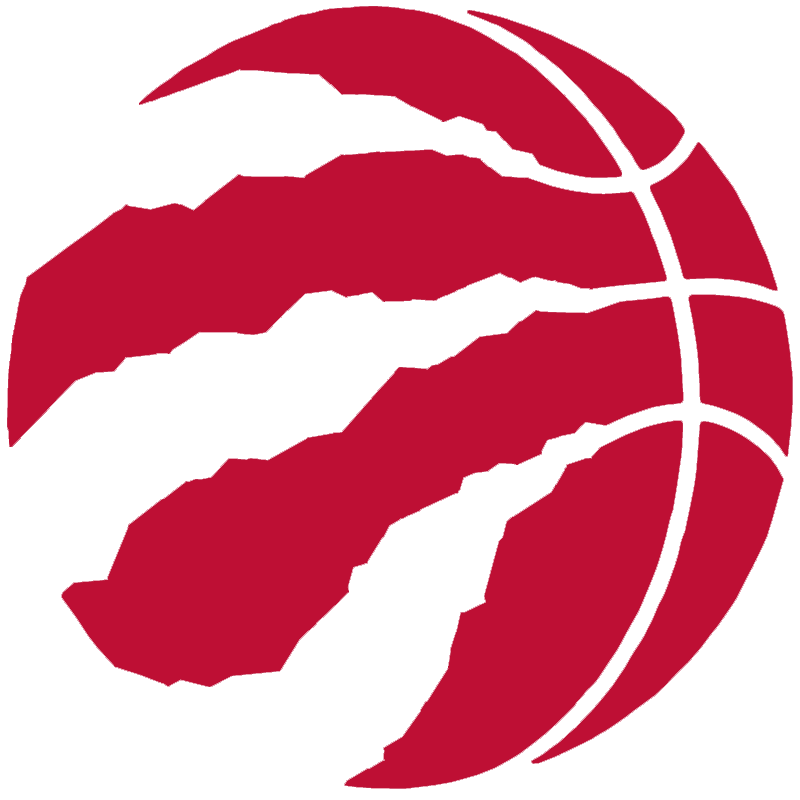- cross-posted to:
- [email protected]
- cross-posted to:
- [email protected]
cross-posted from: https://lemmy.ca/post/13256679
I was looking for a relatively quick analysis to experiment with some of the NBA stats APIs, so I examined player performance before and after the Raptors-Knicks trade on 2023-12-30 from a Raptors perspective.
I excluded the shorthanded game they played against the Pistons that day, and compared players’ average game scores for the ~31 games prior to and ~7 games after the trade (including the pitiful loss to the Jazz on January 13th).
I chose the Hollinger Game Score to summarize player performance, which can be calculated from a player’s box score.
The formula is: PTS + 0.4 * FG - 0.7 * FGA - 0.4*(FTA - FT) + 0.7 * ORB + 0.3 * DRB + STL + 0.7 * AST + 0.7 * BLK - 0.4 * PF - TOV.
Game Score was created to give a rough measure of a player’s productivity for a single game. The scale is similar to that of points scored, (40 is an outstanding performance, 10 is an average performance, etc.).
Makes sense for Scottie. He can rely on the offense created by IQ and RJ more than before.
100%. As 3rd and 4th options, IQ and RJ contribute significantly more offense than OG and Schröder did, but Scottie’s also notoriously unselfish (to a fault) and has 2 new guys on the starting line up with him. I think he’s also carrying the greatest defensive load of late. I think these three factors explain Scottie’s lower game score post trade. Samson Folk of Raptors Republic says he thinks the Raptors would like to see an offense primarily created by Scottie and IQ, with Siakam and RJ feasting where they can - sounds good to me :). So, Scottie’s usage and game score probably/hopefully get back to where they were pre-trade


